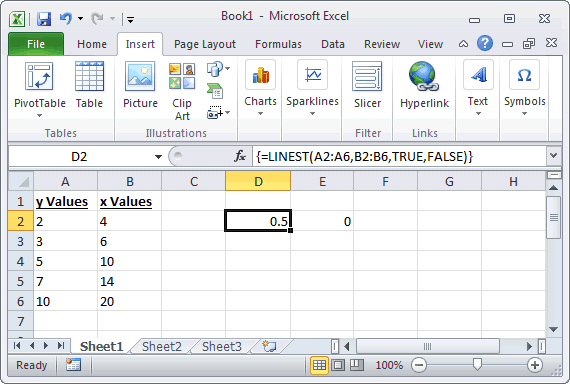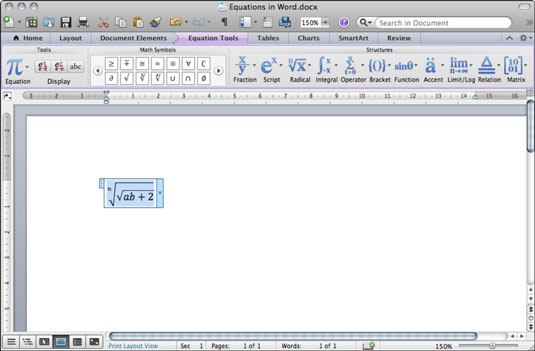

Hover over it for an explanation of the problem, or select the drop-down for additional troubleshooting help. If there are no errors, the cell will display the result of the formula. Use the shortcuts in the formula bar to help you create formulas: When you enter a formula in a cell, the formula also appears in the formula bar. In our example, the MIN function returns 11, the smallest number in cells A1 through C4. Type an opening parenthesis, select the range of cells that you want to include in the formula, and then type a closing parenthesis. MIN finds the smallest number in a range of cells. Type an equal sign and a function, for example =MIN. In a sheet that contains a range of numbers, click the empty cell where you want the formula results to appear. Tip: To quickly apply a formula to the next cells down in the column, double-click the fill handle on the first cell that contains the formula.

The result of the calculation appears in the cell. At this point your formula should look like this:Ĭlick the next cell that you want to include in your calculation. In this example, use the / (forward slash) operator to divide. For example, the * (asterisk) operator multiplies numbers. An operator is the kind of calculation that the formula performs. In a sheet that contains columns of numbers, click the cell where you want the formula results to appear.Ĭlick the first cell that you want to include in your calculation. Enter a formula that refers to values in other cells Each function has a specific argument syntax.Ĭell values let you to reference an Excel cell, instead of the specific value inside the cell so that the contents of the cell can change without the function that refers to the cell having to change.

For example, the ^ (caret) operator raises a number to a power, and the * (asterisk) operator multiplies numbers.įunctions are premade formulas that can be used alone, or as part of a longer formula. Operators specify the kind of calculation that the formula performs. You can also create a formula by using a function, a predefined formula that simplifies entering calculations.Ĭonstants, such as numbers or text values, can be entered directly into a formula. When your formula refers to other cells, any time that you change the data in any of the cells Excel recalculates the results automatically. If you are working with long columns of data, or data that is located in different parts of a sheet or on another sheet, you can use a range -for example, =SUM(A1:A100)/SUM(B1:B100), which represents the division of the sum of the first hundred numbers in column A by the sum of those numbers in column B. When you want to refer to variables instead of constants, you can use cell values, for example, =A1+A2. For example, the formula =5+2*3, multiplies two numbers and then adds a number to the result. You can create a simple formula by using constant and calculation operator. All formulas begin with an equal sign (=). Lessįormulas are equations that perform calculations on values in your sheet. Excel for Microsoft 365 for Mac Excel 2021 for Mac Excel 2019 for Mac Excel 2016 for Mac Excel for Mac 2011 More.


 0 kommentar(er)
0 kommentar(er)
